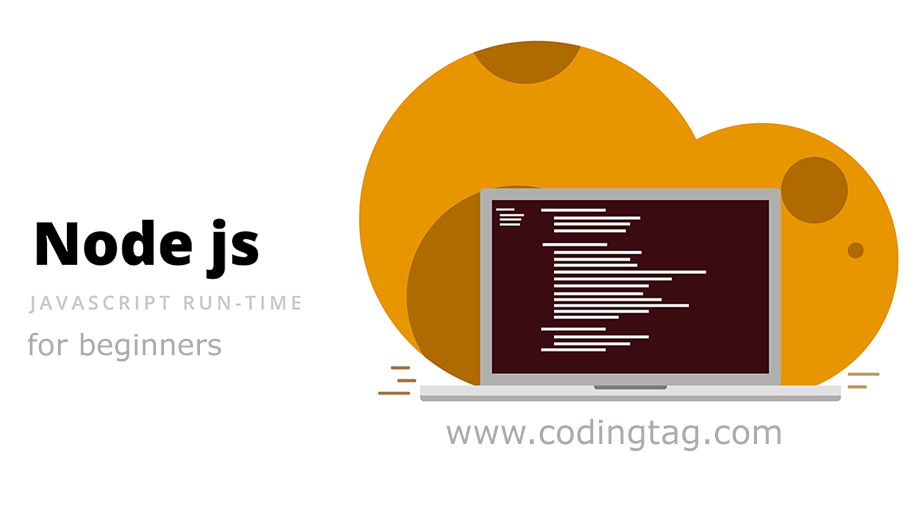assert.notDeepStrictEqual() Function in Node.js
0 113
Introduction to assert.notDeepStrictEqual()
Node.js comes with a built-in module called assert, which is used to perform various types of assertions for testing purposes. One of its important methods is assert.notDeepStrictEqual(). This function helps verify that two values are not deeply and strictly equal, making it a reliable tool for validating complex data structures during development.
What Does assert.notDeepStrictEqual() Do?
The assert.notDeepStrictEqual() method checks that two provided values are not deeply equal in terms of both structure and type. If the values are deeply and strictly equal, the assertion fails and throws an error. Otherwise, it passes successfully. This method is especially useful when you want to confirm that two objects or arrays differ in either value or data type.
Syntax of assert.notDeepStrictEqual()
Here is the basic syntax for using assert.notDeepStrictEqual():
assert.notDeepStrictEqual(actual, expected[, message])- actual: The value you want to test.
- expected: The value you expect it not to be deeply and strictly equal to.
- message (optional): A custom error message if the assertion fails.
Example Using assert.notDeepStrictEqual()
Let’s go through a simple example to see how this method works in real scenarios:
const assert = require('assert');
const obj1 = { name: 'Alice', age: 25 };
const obj2 = { name: 'Alice', age: '25' }; // Note: age is a string
assert.notDeepStrictEqual(obj1, obj2, 'Objects should not be strictly equal');
In this example, although the objects look similar, the value of age is a number in obj1 and a string in obj2. Because their types differ, assert.notDeepStrictEqual() passes the test.
Strict vs Loose Deep Comparison
It’s important to distinguish notDeepStrictEqual() from notDeepEqual(). The strict version checks both value and type equality recursively, while the non-strict version allows type coercion. This means 25 and '25' would be considered equal in notDeepEqual() but not in notDeepStrictEqual().
Using assert.notDeepStrictEqual() with Arrays
This function is also effective when working with arrays. Here’s an example:
const a = [1, 2, 3];
const b = ['1', 2, 3];
assert.notDeepStrictEqual(a, b, 'Arrays are not strictly equal');
Here, the first element of each array has a different type, so the assertion will pass.
Use Cases of assert.notDeepStrictEqual()
- Test validations: Ensure that returned data structures are not exactly what you don't expect.
- Debugging: Quickly catch unintended deep structural similarities between two values.
- Type-sensitive comparisons: Ideal when both value and type integrity are crucial in testing.
Handling Assertion Failures
When the assertion fails, an AssertionError is thrown. You can catch this using a try...catch block if needed:
try {
const x = { a: 1 };
const y = { a: 1 };
assert.notDeepStrictEqual(x, y);
} catch (err) {
console.error('Assertion failed:', err.message);
}
Conclusion
assert.notDeepStrictEqual() is a powerful assertion method for validating that two values are not identical in terms of both value and type. It plays a vital role in writing precise and reliable test cases, especially when handling nested objects or arrays. If you care about structure and type, this function is a great choice for ensuring accuracy in your tests.
If you’re passionate about building a successful blogging website, check out this helpful guide at Coding Tag – How to Start a Successful Blog. It offers practical steps and expert tips to kickstart your blogging journey!
For dedicated UPSC exam preparation, we highly recommend visiting www.iasmania.com. It offers well-structured resources, current affairs, and subject-wise notes tailored specifically for aspirants. Start your journey today!

Share:




Comments
Waiting for your comments